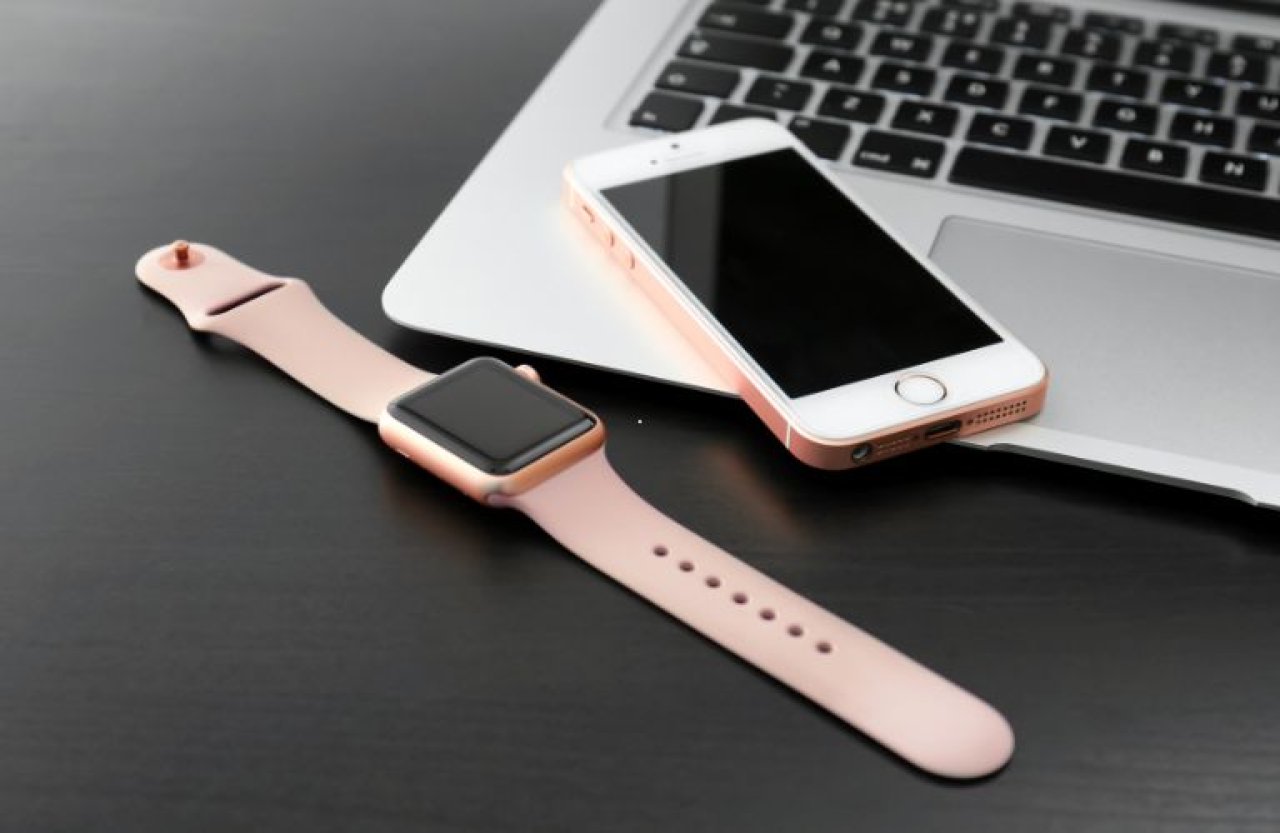The Lifecycle of Apple Devices: From Cutting-Edge to Obsolete

One of the major challenges in today’s tech world is the limited lifespan of devices. Over time, they might slow down and become unusable. Often, it’s more complex, with manufacturers only offering support for a set number of years.
This is how Apple handles its MacBooks, iPads, and iPhones. You get a decade of official repairs (often at a high cost), after which Apple designates the device as 'Obsolete' and stops supporting it officially.
A prime example is the iPhone 5S. Released in late 2013, it was a popular phone with great features and a compact design. It was even used by filmmaker Sean Baker to shoot the movie Tangerine, which won the Palme d'Or at Cannes.
Now, the iPhone 5S has crossed the 10-year mark and joined the list of obsolete iPhones. Here’s the full list of obsolete iPhones:
- iPhone
- iPhone 3G (China mainland) 8GB
- iPhone 3G 8GB, 16GB
- iPhone 3GS (China mainland) 16GB, 32GB
- iPhone 3GS (8GB)
- iPhone 3GS 16GB, 32GB
- iPhone 4 CDMA
- iPhone 4 CDMA (8GB)
- iPhone 4 16GB, 32GB
- iPhone 4 GSM (8GB), Black
- iPhone 4S
- iPhone 4S (8GB)
- iPhone 5C
- iPhone 5S
- iPhone 6 Plus
If you’re still using one of these models, don’t worry—you’re not in massive trouble (and we’re impressed). However, Apple won't offer repairs at their stores, so you’ll need to rely on third-party repair options, which are usually cheaper but less reliable.
Apple doesn’t move devices to the obsolete list immediately. There’s a 'Vintage' category for products no longer sold for over five but less than seven years. As Apple explains, 'Products are considered vintage when Apple stopped distributing them for sale more than five and less than seven years ago.'
Thus, Apple devices transition through various support levels as they age, with support gradually diminishing. It may seem surprising that an iPhone from just five years ago could be considered 'vintage', but this is the reality of our consumerist world.
Conclusion
Understanding the lifecycle of Apple devices helps users anticipate the level of support they can expect over time. From being a top-tier tech to eventually being classified as 'Vintage' and then 'Obsolete', devices like the iPhone 5S undergo significant changes in their support status. While this means that older models will no longer receive official repairs from Apple, third-party options remain available, often at a lower cost.
Being aware of these phases allows users to make informed decisions about upgrading and maintaining their devices in a consumerist world where technology continually evolves.




